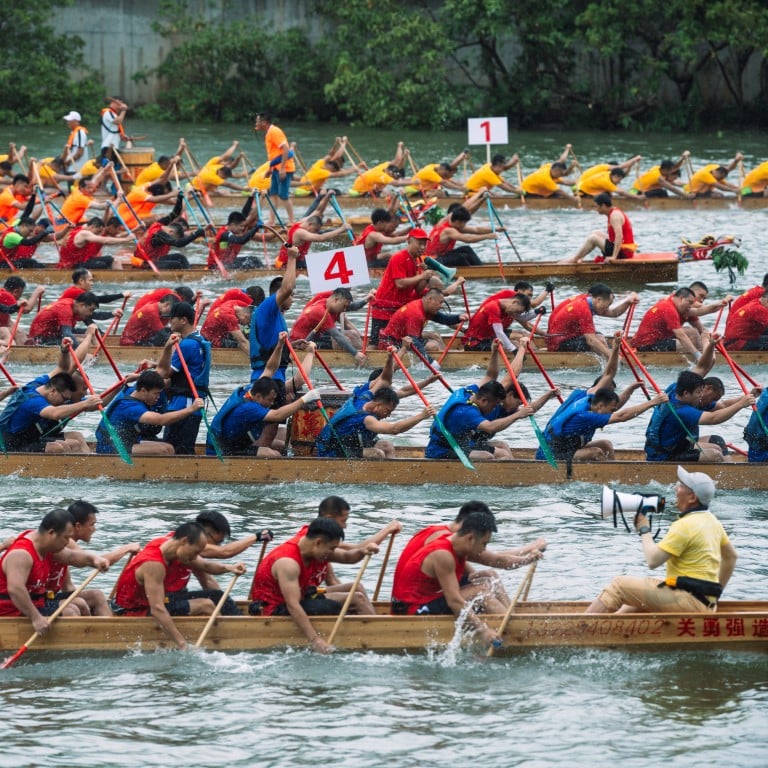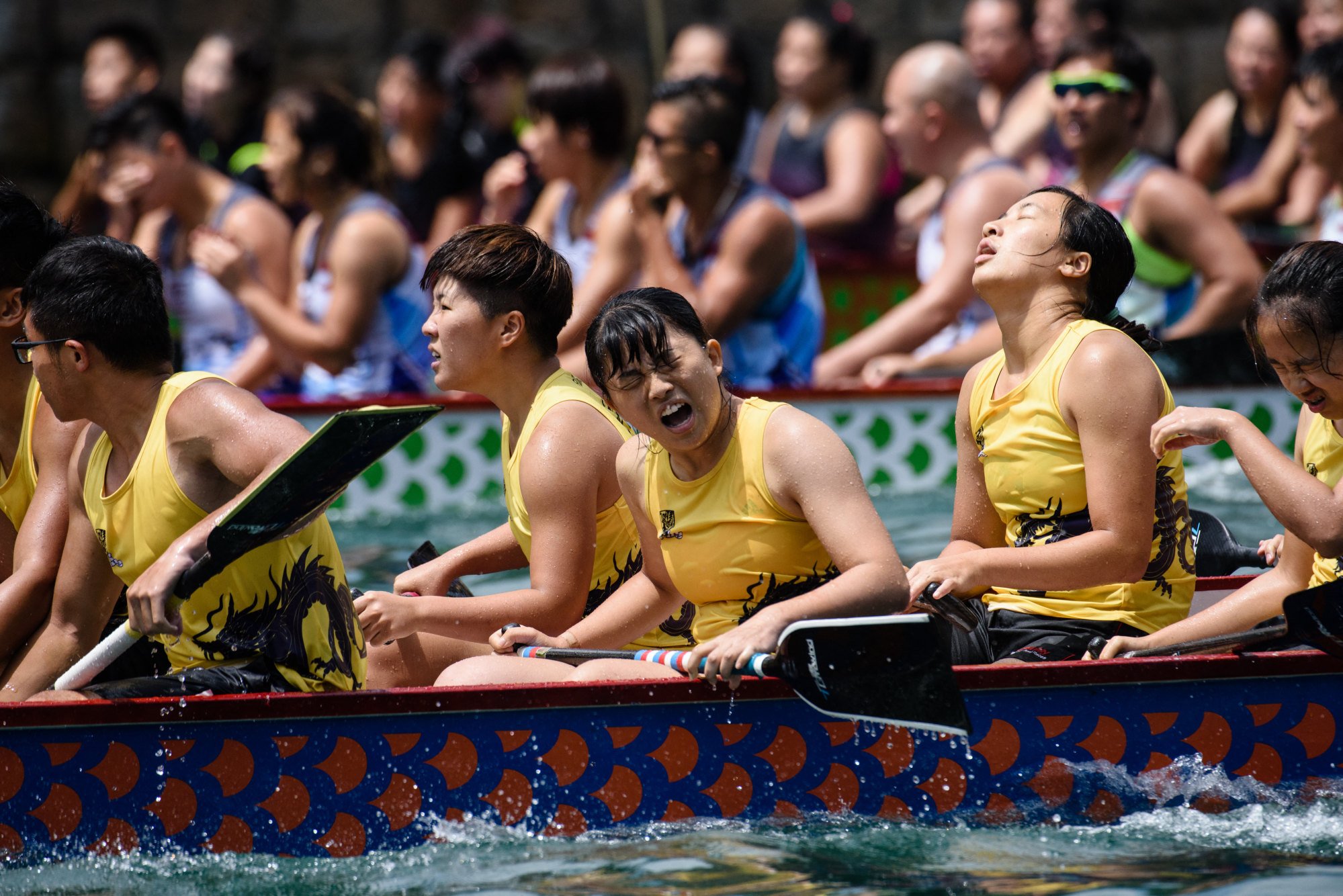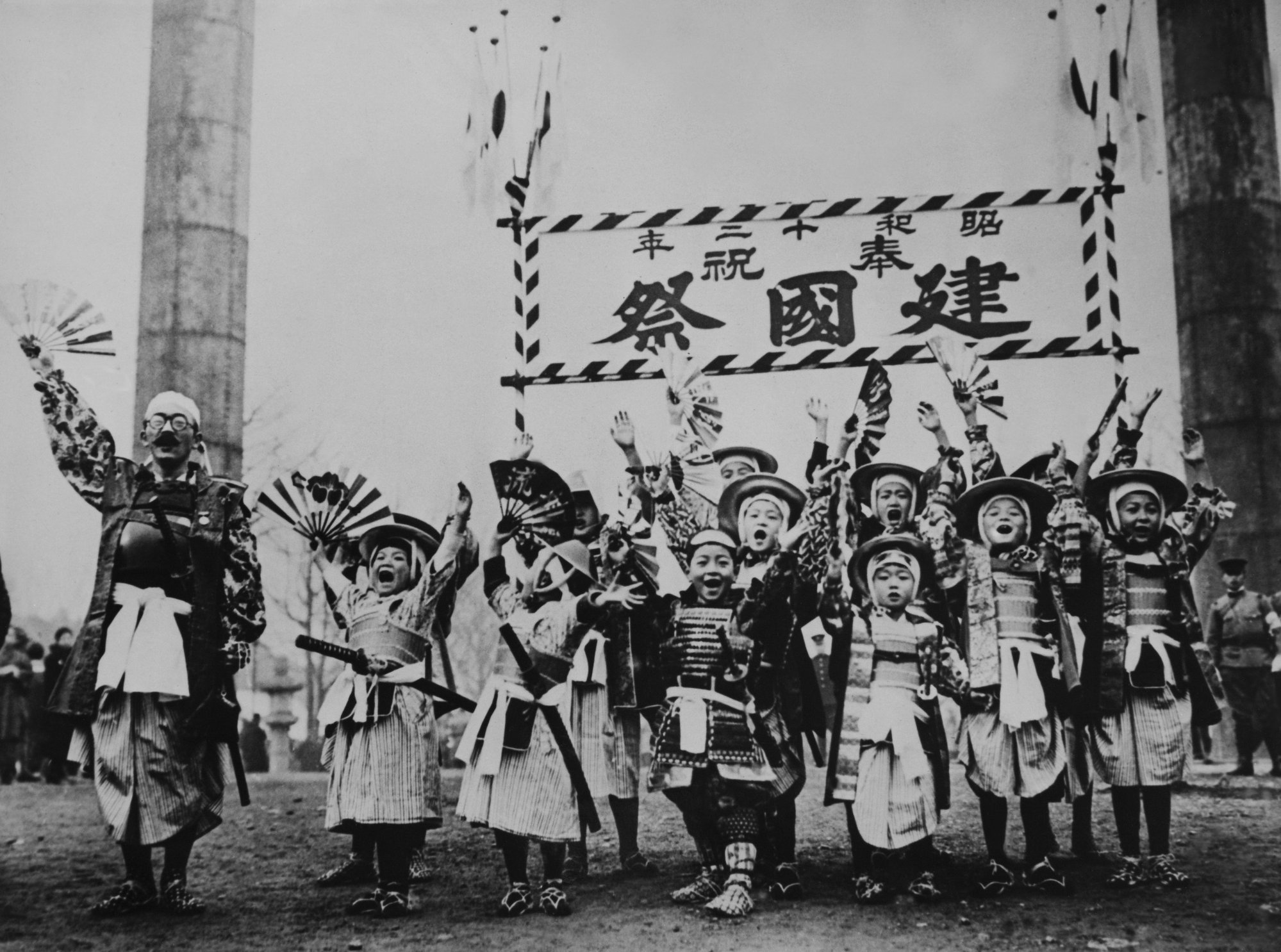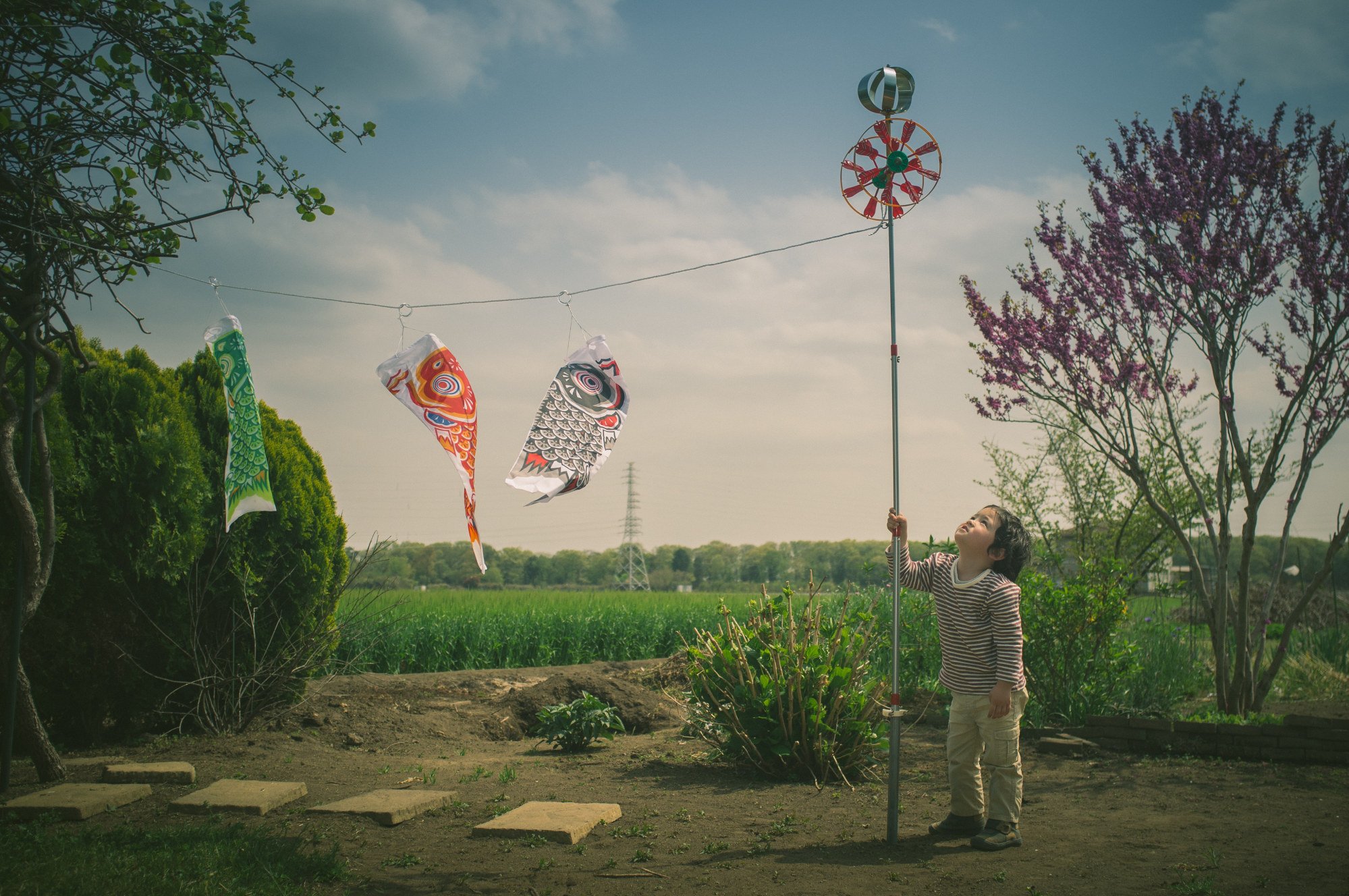
Explainer | How the fifth day of the fifth lunar month – Dragon Boat Festival in China – is celebrated across East Asia: the foods, traditions and the meanings behind them
- The fifth day of the fifth lunar month is significant in various cultures. In China, eating sticky rice dumplings and racing dragon boats celebrates poet Qu Yuan
- The day has different meanings in other places. From Japan to Korea to Vietnam, we look at the snacks people eat, festival practices and what they mean
Dragon Boat Festival, also known as Duanwu in Mandarin Chinese and Tuen Ng in the Cantonese dialect, is celebrated every fifth day of the fifth lunar month, and in 2023 it falls on June 22.
While it is best known for dragon boat races in Chinese communities, the festival is marked by different traditions in other places. We explain how the festival is celebrated in various Asian cultures.
China
The Dragon Boat Festival is marked by a public holiday in mainland China and Hong Kong.
According to the legend, nearby villagers threw rice dumplings into the river to distract the fish from eating Qu Yuan’s corpse while paddling boats and beating their drums to scare the evil spirits away.


Thus, dragon boat races and eating sticky rice dumplings wrapped in bamboo leaves (zongzi in Mandarin, zong in Cantonese) became key traditions of the Dragon Boat Festival, and remain so to this day.
While some research suggests that a similar tradition celebrating the summer solstice existed before the death of Qu Yuan, dragon boat races and sticky rice dumplings have become the trademarks of celebrations for the festival in mainland China, Hong Kong, Macau, Taiwan, and Chinese communities throughout Southeast Asia and elsewhere in the world.

In Malaysia and Singapore, zongzi are wrapped in pandan leaves instead of bamboo leaves.
The Cantonese version contains sweet and savoury flavours that give the dumplings a distinctive yellow colour.

Korea
In Korea, the fifth day of the fifth lunar month is known as Dano or Surit-nal, and comes after the sowing season in late spring. As a predominantly agrarian society, premodern Korea celebrated this day with wishes for a good harvest and no disasters or disease before the coming of the summer monsoon.
At Dano, Koreans wash their hair with water boiled with sweet flag, a type of herb believed to prevent hair loss and improve hair texture. Men practise ssireum – traditional Korean wrestling – and women ride swings for entertainment.
Dano is still a major festival in both South and North Korea. In Gangneung, a city in northeastern South Korea, the festival is called Gangneung Danoje. In 2005 it was inscribed on the Unesco list of intangible cultural heritage.
The annual event in Gangneung celebrates General Kim Yu-shin of the Silla dynasty that ruled the Korean peninsula from 57BC until 935AD, who is believed to be the guardian spirit of a mountain.
Japan
Tango no sekku originally referred to an annual festival, celebrated by the Japanese imperial court on the fifth day of the fifth lunar month, to ward off evil spirits for the boys of the samurai military officer caste.

The festival originated in the Kamakura period (1185–1333), but when the Gregorian calendar was introduced to Japan in the early Meiji period (1868-1912) the festival came to be celebrated on May 5. It also came to be known as Boys’ Day, a counterpart to Girls’ Day – Hinamatsuri in Japanese – which is on 3 March.
To celebrate Tango no sekku, Japanese people decorate their houses with samurai armour, helmets, swords and samurai dolls, a practice that derives from the tradition samurais obeyed in centuries past of displaying weapons in their homes before the monsoon season.
Koinobori – carp-shaped flags – are also hung on this day, echoing the tradition of samurai households flying flags representing their family crests.

Typical food served on Tango no sekku includes kashiwa mochi – sticky rice cakes filled with red bean paste and wrapped in oak leaves – and chimaki, sticky sweet rice dumplings wrapped in sweet flag or bamboo leaf that resemble zongzi. Similar to the Korean Dano custom, Japanese people take baths in water boiled with sweet flag.
In 1948, the Japanese government renamed Tango no sekku Children’s Day – Kodomo no hi in Japanese – to include both boys and girls, and the festival was made a public holiday.
Vietnam
The festival held on the fifth day of the fifth lunar month is called Tet Doan Ngo in Vietnam. According to legend, the day is the anniversary of the death of Au Co, a goddess believed to be the mother of all Vietnamese people.

The festival is also known as the Killing Insects Festival. Vietnamese people believe pests live in their bodies and become most aggressive around Tet Doan Ngo.
They believe that eating com ruou – fermented glutinous rice balls in a rice wine broth – gets the parasites drunk, then eating sour fruit kills them. The tradition persists to this day.
Vietnamese people also eat banh tro, sticky rice dumplings similar to zongzi but containing a sweet mung bean paste, which are soaked in ash water and wrapped in a banana leaf.
In some regions of the country, duck meat is eaten during the festival, as it is believed to have a cooling effect on the body.

